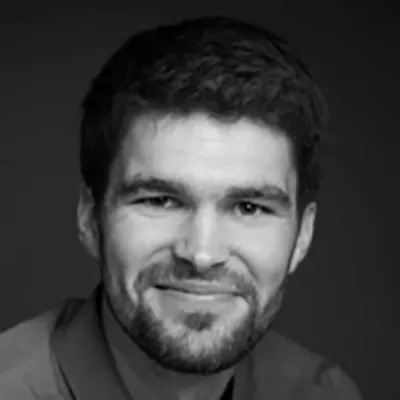Les derniers dépôts de Basile Michel
Arts and culture in the city: Peripheral centrality, cultural vitality, and urban change in inner suburbs

Basile Michel. Arts and culture in the city: Peripheral centrality, cultural vitality, and urban change in inner suburbs. Cities, 2024, 150 (104983), https://doi.org/10.1016/j.cities.2024.104983. ⟨10.1016/j.cities.2024.104983⟩. ⟨halshs-04679994⟩
The aim of this article is to contribute to the conceptual framework of arts in the city so as to improve the understanding of the role of arts and culture in urban spaces and the tensions that run through them, by dealing more specifically with the artistic and cultural dynamics in inner suburbs. Using the case of the Canal de l'Ourcq in the northeastern suburbs of Paris, the article addresses three issues: (1) the way in which the arts contribute to the creation of centralities in the inner suburbs, (2) the role they play in the local cultural and social life of these spaces, and (3) their connection to urban production and transformation. Two main findings are highlighted. Firstly, the Canal de l'Ourcq is experiencing a spatial clustering of cultural venues, collaborative art-world networks, events and other artistic activities, which are changing the atmosphere of the area, attracting audiences, and producing a positive image that radiates out to Paris and beyond. This brings out a form of centrality associated with an area usually categorized as a periphery – both spatially as well as socially, symbolically or culturally – and allows the concept of peripheral centrality to emerge. Secondly, the identification of this peripheral centrality in the case of the Canal de l'Ourcq highlights the ambivalence of the role of arts and culture in the city. On the one hand, they contribute to the local cultural vitality, to the social ties and to the well-being of the residents in order to build an inclusive and cohesive city. On the other hand, they contribute to enhancing the attraction of urban spaces and to their insertion into the rationale of real estate and tourism development and the phenomena of gentrification – caused by urban projects and public and private investments – which feed the socio-spatial fragmentation of the neoliberal city. These results raise new conceptual perspectives for urban studies. Peripheral centrality calls into question the traditional center-periphery model in urban studies and provides a conceptual and empirical framework for understanding “peripheral” spaces, their forms of centrality, their realities, and the issues at stake, particularly in their reciprocal relations with the “central” areas.
The aim of this article is to contribute to the conceptual framework of arts in the city so as to improve the understanding of the role of arts and culture in urban spaces and the tensions that run through them, by dealing more specifically with the artistic and cultural dynamics in inner suburbs. Using the case of the Canal de l'Ourcq in the northeastern suburbs of Paris, the article addresses three issues: (1) the way in which the arts contribute to the creation of centralities in the inner suburbs, (2) the role they play in the local cultural and social life of these spaces, and (3) their connection to urban production and transformation. Two main findings are highlighted. Firstly, the Canal de l'Ourcq is experiencing a spatial clustering of cultural venues, collaborative art-world networks, events and other artistic activities, which are changing the atmosphere of the area, attracting audiences, and producing a positive image that radiates out to Paris and beyond. This brings out a form of centrality associated with an area usually categorized as a periphery – both spatially as well as socially, symbolically or culturally – and allows the concept of peripheral centrality to emerge. Secondly, the identification of this peripheral centrality in the case of the Canal de l'Ourcq highlights the ambivalence of the role of arts and culture in the city. On the one hand, they contribute to the local cultural vitality, to the social ties and to the well-being of the residents in order to build an inclusive and cohesive city. On the other hand, they contribute to enhancing the attraction of urban spaces and to their insertion into the rationale of real estate and tourism development and the phenomena of gentrification – caused by urban projects and public and private investments – which feed the socio-spatial fragmentation of the neoliberal city. These results raise new conceptual perspectives for urban studies. Peripheral centrality calls into question the traditional center-periphery model in urban studies and provides a conceptual and empirical framework for understanding “peripheral” spaces, their forms of centrality, their realities, and the issues at stake, particularly in their reciprocal relations with the “central” areas.










